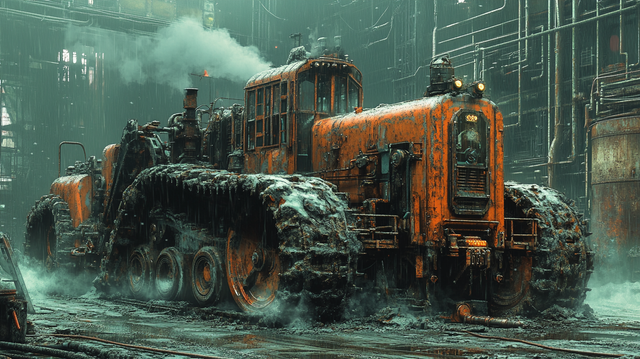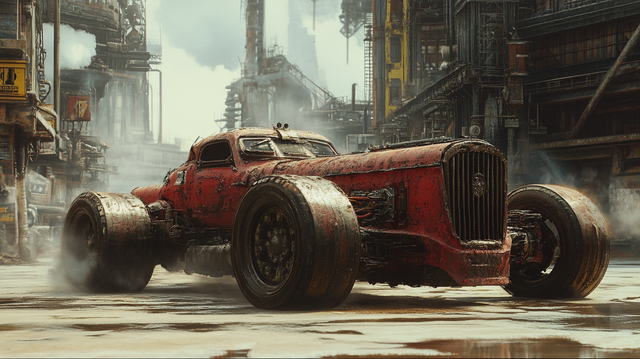
Digital art created by artificial intelligence (AI) is revolutionizing the world of creativity. Combining machine learning, data-driven algorithms, and human input, AI-generated art blurs the boundaries between technology and artistic expression, opening new possibilities for how art is conceived and experienced.
How AI Creates Art
AI in digital art typically involves neural networks, such as Generative Adversarial Networks (GANs) or diffusion models, trained on vast datasets of existing artwork. These systems analyze patterns, styles, and techniques, learning to generate original pieces that reflect or reinterpret artistic traditions.
For example, GANs work by pitting two networks—a generator and a discriminator—against each other. The generator creates images, while the discriminator evaluates them for authenticity. This iterative process results in stunningly realistic or abstract pieces that can mimic human creativity or explore entirely new visual styles.
Applications of AI in Art
Augmenting Creativity: AI serves as a collaborative tool, enabling artists to explore ideas faster and visualize concepts in innovative ways. Programs like DALL-E and MidJourney allow users to generate unique images from text prompts, expanding the limits of creative imagination.
Accessibility: AI democratizes art by enabling individuals with little or no formal training to create compelling works. Tools are increasingly user-friendly, allowing anyone to participate in the creative process.
Commercial Use: AI art is being used in advertising, video games, movies, and even fashion, offering cost-effective and time-efficient solutions for generating visuals.
Preservation and Restoration: AI assists in restoring damaged artworks and creating new interpretations of historical pieces, ensuring cultural heritage is maintained and celebrated.
Controversies and Challenges
While AI-generated art is celebrated for its innovation, it also raises important questions:
Authorship and Ownership: Who owns the copyright to a piece created by AI—the user, the developer, or the AI itself? This remains a debated topic in intellectual property law.
Ethical Concerns: AI systems are trained on datasets often sourced from existing artworks, leading to concerns about originality and consent from the original artists.
Impact on Human Artists: Critics worry that AI-generated art could devalue human creativity or reduce opportunities for traditional artists.
The Future of AI in Art
As AI technology evolves, it will likely continue to redefine the boundaries of art. New models capable of understanding deeper nuances of emotion and culture may lead to even more sophisticated creations. At the same time, partnerships between human artists and AI systems are expected to flourish, merging human intuition with machine precision to produce groundbreaking works.
AI-generated digital art represents a shift in the artistic paradigm, challenging traditional notions of creativity while broadening the horizons of what art can be. It’s a testament to the dynamic interplay between human ingenuity and technological innovation—a collaboration that is only just beginning.
